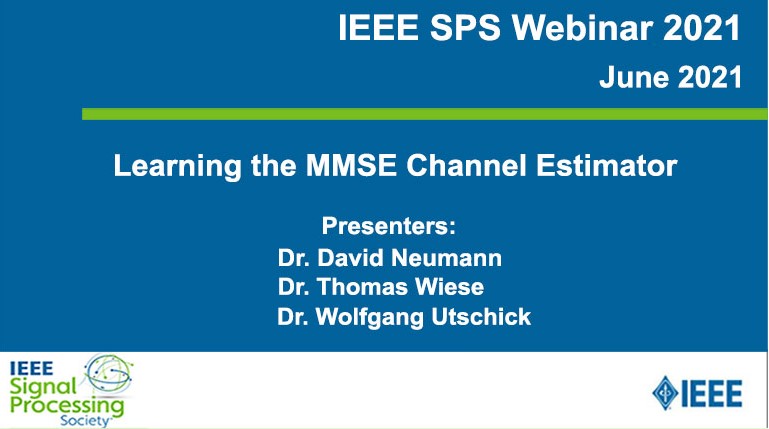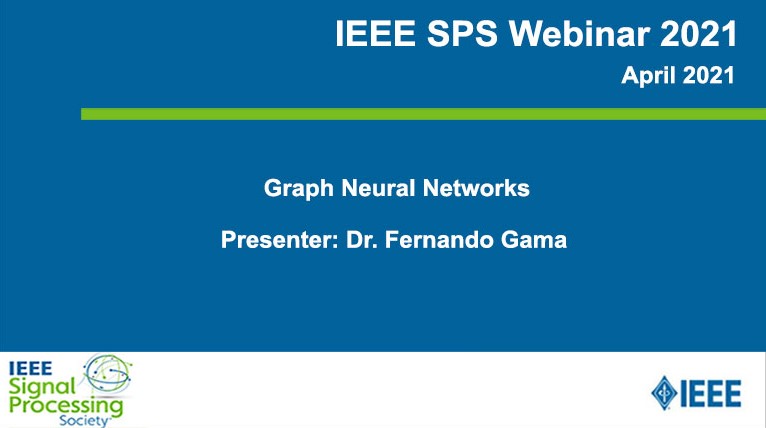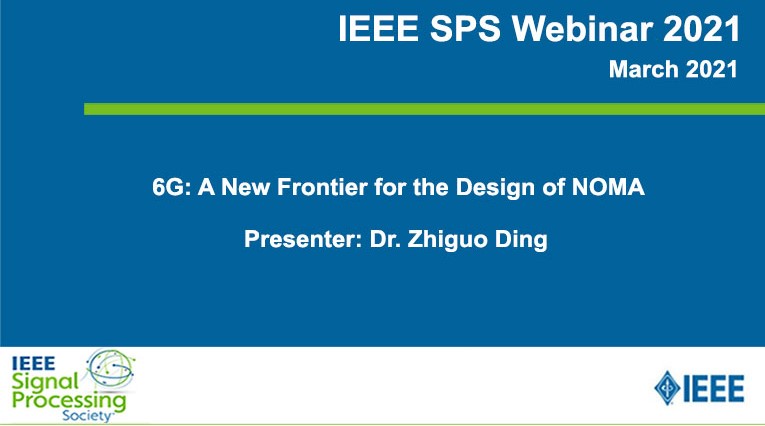This webinar will demonstrate how deep learning can solve difficult communication problems that prior approaches often fail with two case studies. The first half will discuss a novel iterative BP-CNN architecture for channel decoding under correlated noise. This architecture concatenates a trained convolutional neural network (CNN) with a standard belief-propagation (BP) decoder. The standard BP decoder is used to estimate the coded bits, followed by a CNN to remove the estimation errors of the
IEEE-Affiliated Group Name: The IEEE Signal Processing Society
URL: https://rc.signalprocessingsociety.org/education/webinars/SPSWEB2108.html








